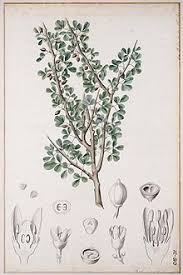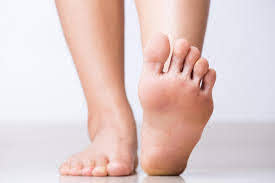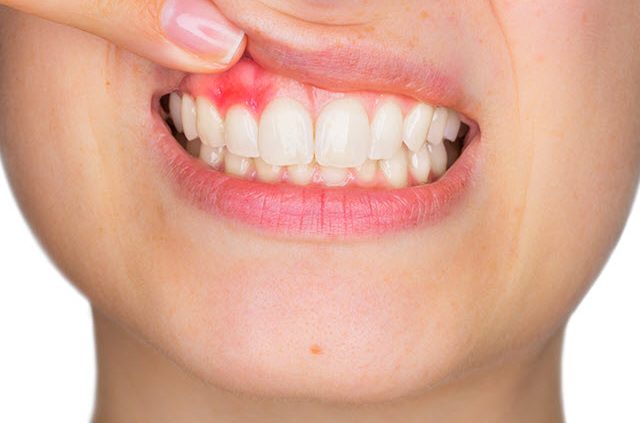An unassuming, thorny shrub, myrrh thrives in the arid regions surrounding the Red Sea. Red gum oozes from the cracks and fissures in the bark, which is collected and distilled to give a rich, amber-coloured essential oil. This was used by the ancient Egyptians and was prized throughout the Middle East as a sacred incense ingredient.

Myrrh is still valued today for its antiseptic and drying qualities.
Effective disinfectant
Myrrh can be used to disinfect minor wounds an skin infections and its anti-inflammatory action soothes and heals. It also stimulates cellular granulation - the first stage of healing after an injury.
The drying and toning properties of myrrh make it a valuable oil for respiratory complaints. And as a steam inhalation, myrrh's expectorant action gives relief from chesty coughs and nasal congestion.
Active Ingredients of Myrrh Oil
Esters
The esters in myrrh are responsible for its ability to clean and soothe wounds, and for the oil's anti-inflammatory action.
Monoterpenes
Monoterpenes such as pirene give myrrh balancing and relaxing properties. These are also antispasmodic and act as a general tonic.
Oxides
High concentrations of the oxide eugenol give myrrh its stimulating and uplifting qualities.
The Best Uses of Myrrh Oil
The effective healing properties of myrrh can be used to treat minor skin infections or as a valuable cosmetic aid to promote a healthy complexion.
Using Myrrh to Heal Skin Infections
Treat minor skin wounds with a blend of myrrh and other antiseptic oils.
Athlete's Foot
Banish athlete's foot by mixing together:

25ml unscented talcum powder
3 drops lavender oil
3 drops lemon oil
4 drops myrrh oil
4 drops tea tree oil
Dust the affected area twice daily after bathing.
Persistent wounds
Wrap slow-healing, weepy wounds in a sterile gauze soaked in:
5 drops lavender oil
5 drops myrrh oil
5 drops tea tree oil
Myrrh can also be used to prevent infection after warts and varicose veins have been treated. Add 2 drops of myrrh to 5ml of wheatgerm oil and apply to the area.
The Folklore of Myrrh
Myrrh has many mystical associations and is still used in religious ceremonies to this day.
Texts of the Old Testament refer to myrrh being used for the purpose of purification of women.
Myrrh was a vital ingredient on an ancient Greek aromatherapy perfume called Megaleion.
One of the three gifts given to the infant Jesus by the three Magi of the east, myrrh was again given to Christ, with wine, while he was dying.
Oral Health
Myrrh's antiseptic properties make it an excellent remedy for mouth and gum infections and ulcers. It should be gargled but never swallowed.
Gingivitis
To treat gingivitis, rinse your gums nightly with a mouthwash containing this blend:
40ml lukewarm water
2 drops eucalyptus oil
2 drops lemon oil
2 drops peppermint oil
2 drops myrrh oil

Mouth Ulcers
Relieve mouth ulcers with an antiseptic mouthwash. Blend together:
A glass of water
2 drops myrrh oil
Stir the solution thoroughly and use it only to rinse the affected area.
A Soft and Glowing Complexion
Myrrh's anti-aging and antiseptic properties make it a valuable cosmetic.
Mature skin
Create a rich facial moisturiser for mature complexions by blending:
30ml wheatgerm oil
2 drops frankincense oil
2 drops myrrh oil
Dry skin
For an anti-aging body oil especially for dry skins, blend:
50ml peachnut oil
3 drops myrrh oil
7 drops rose oil
Problem skin
Use the following therapeutic blend nightly to treat acne and promote new tissue growth:
25ml jojoba oil
5 drops chamomile oil
5 drops myrrh oil
10 drops palmarosa oil
10 drops rose oil